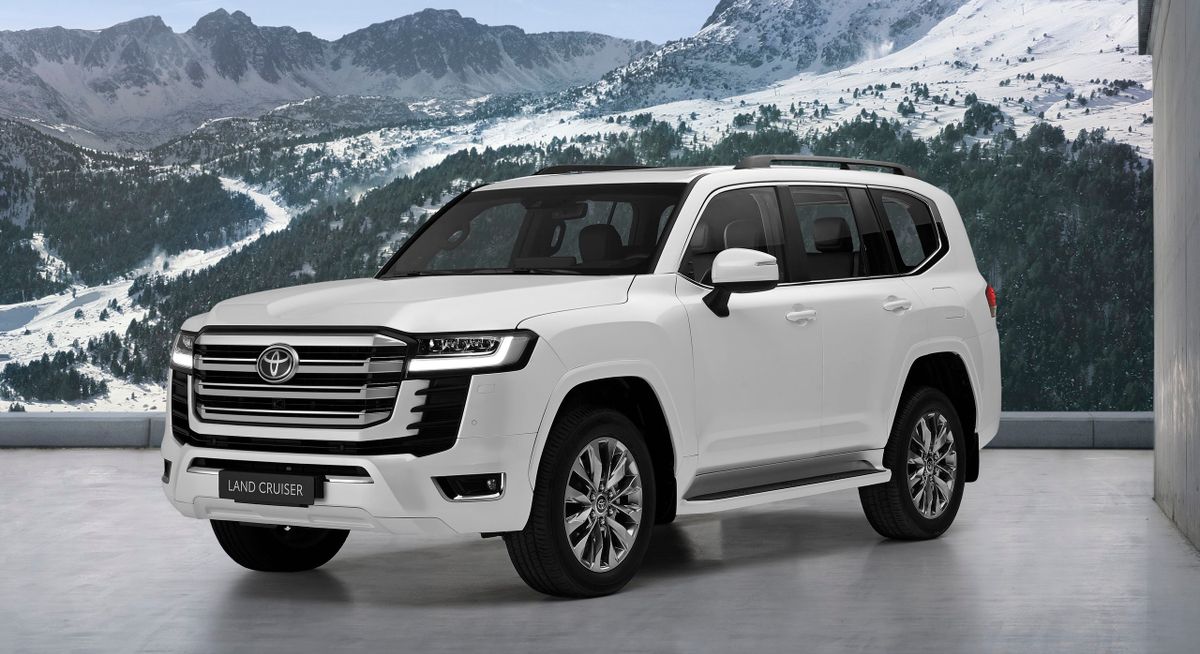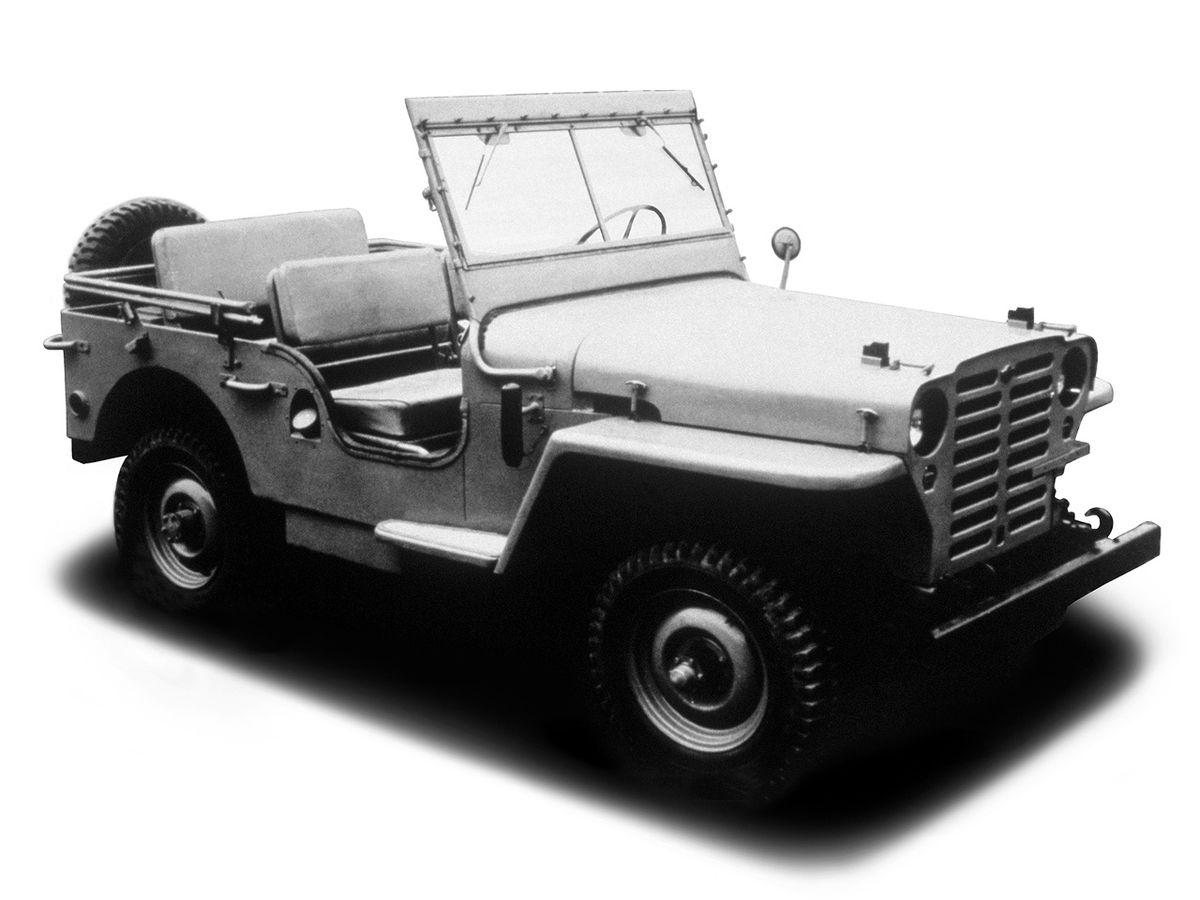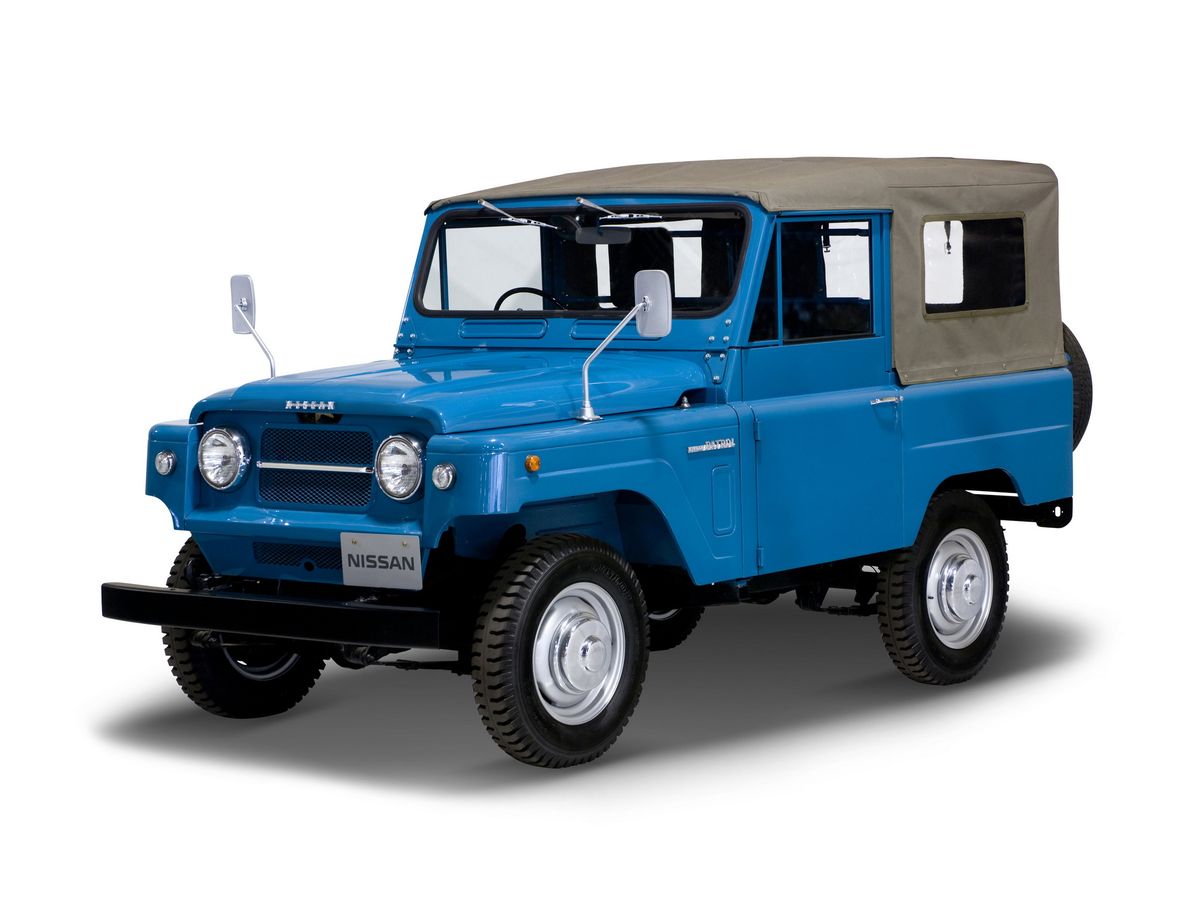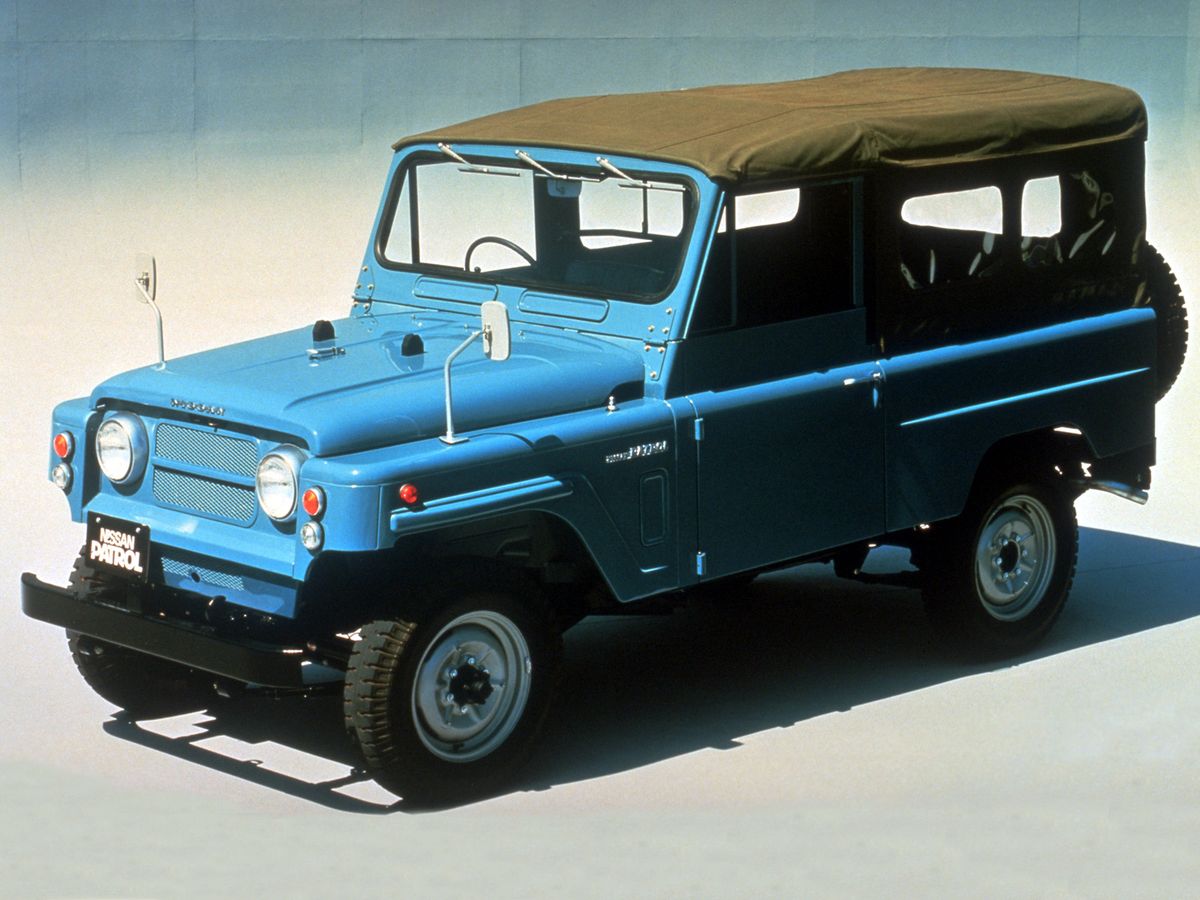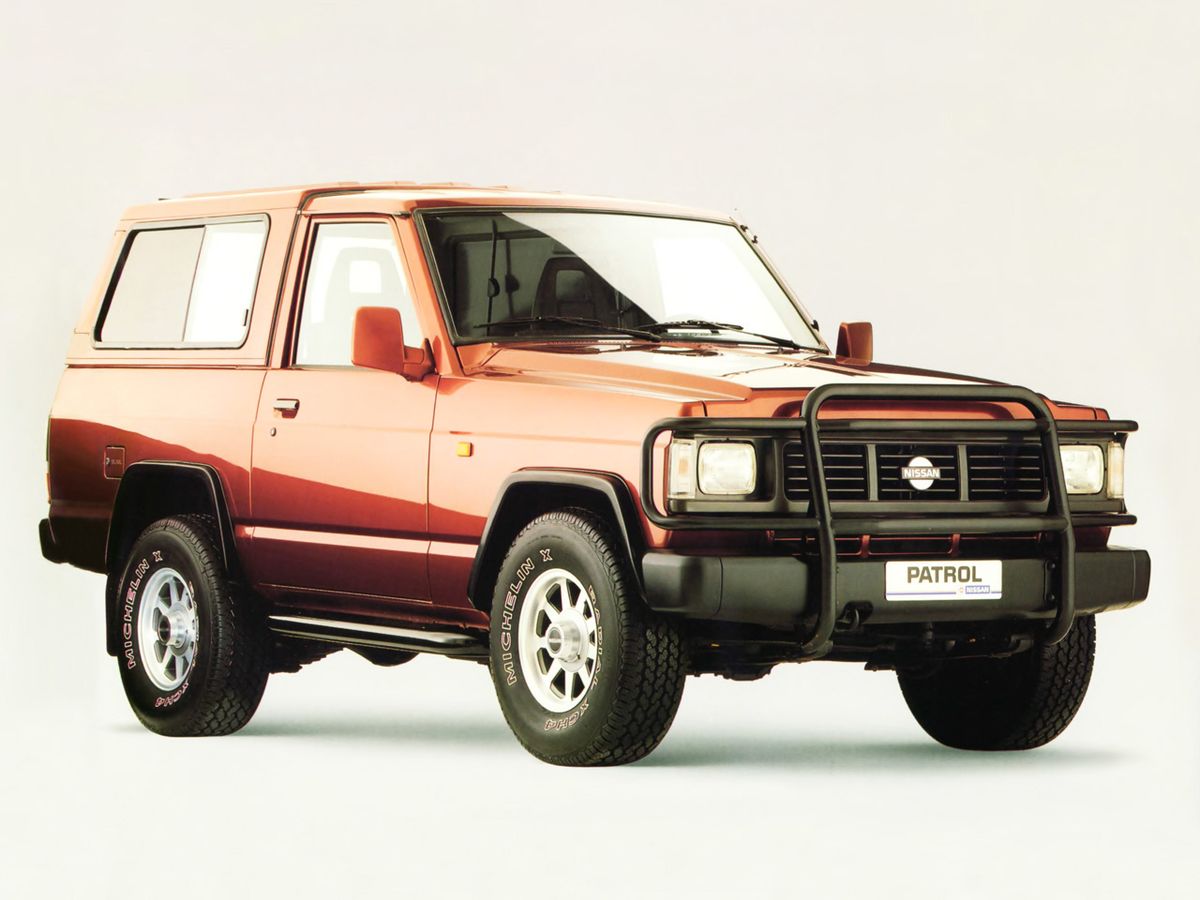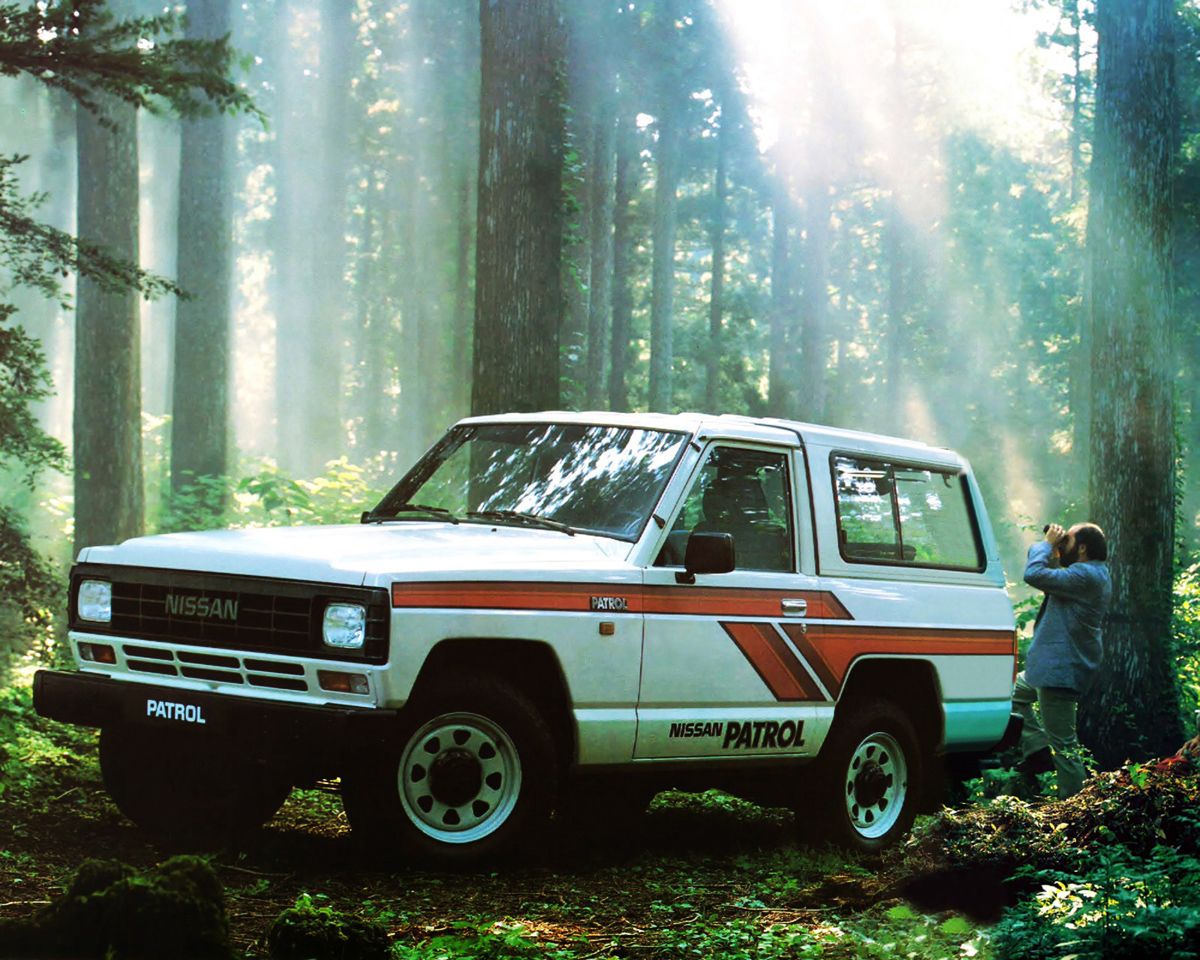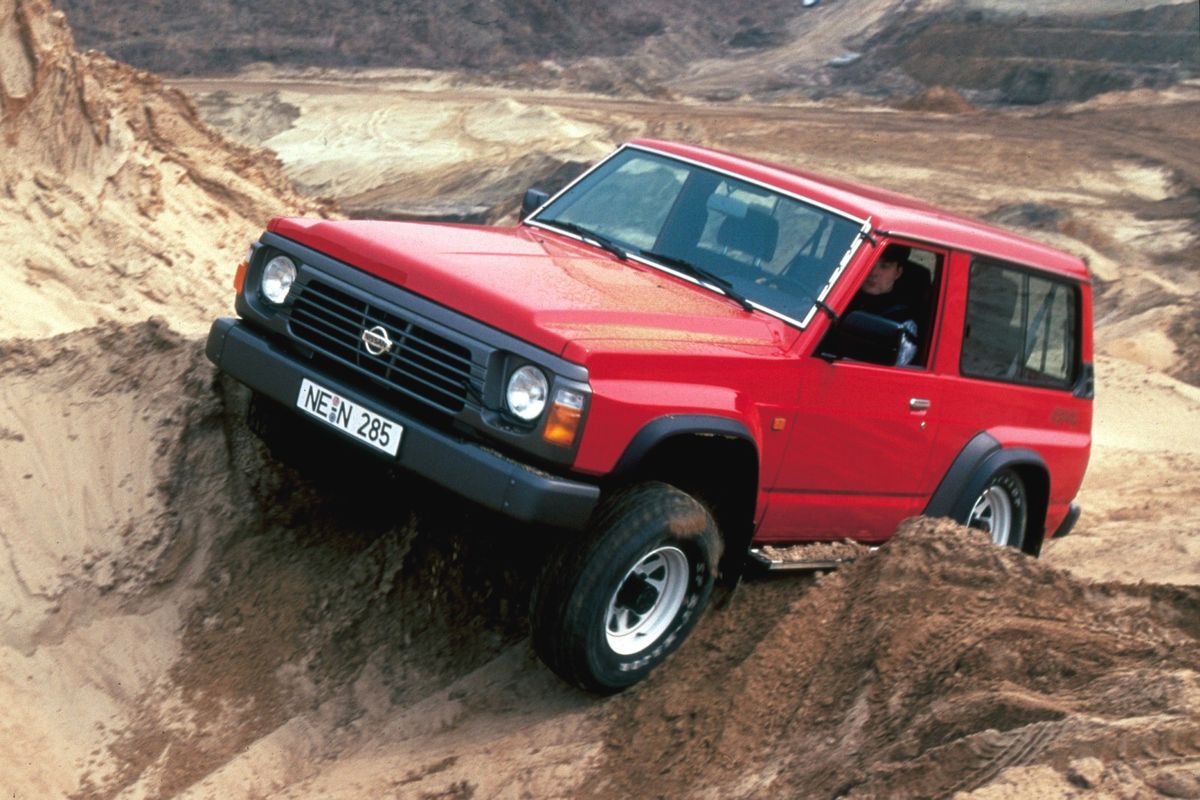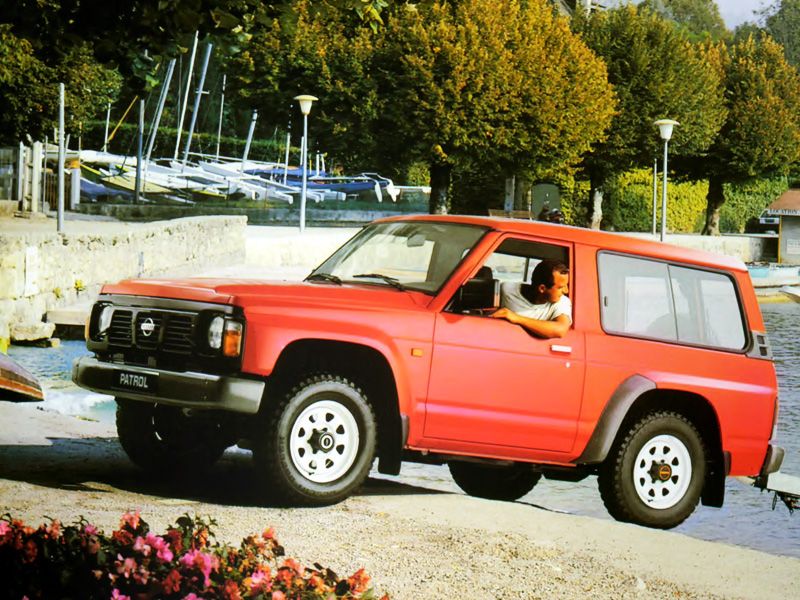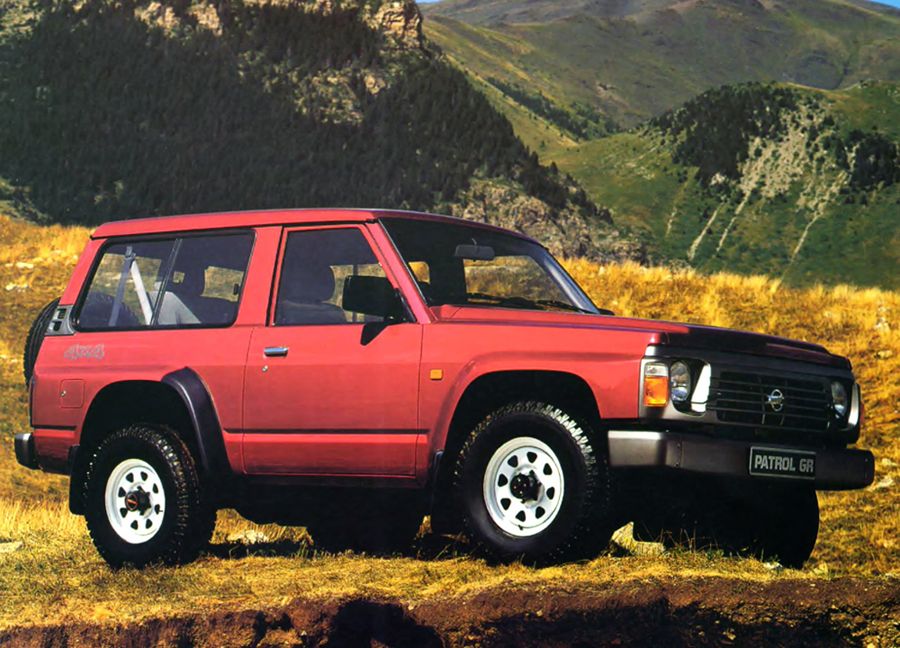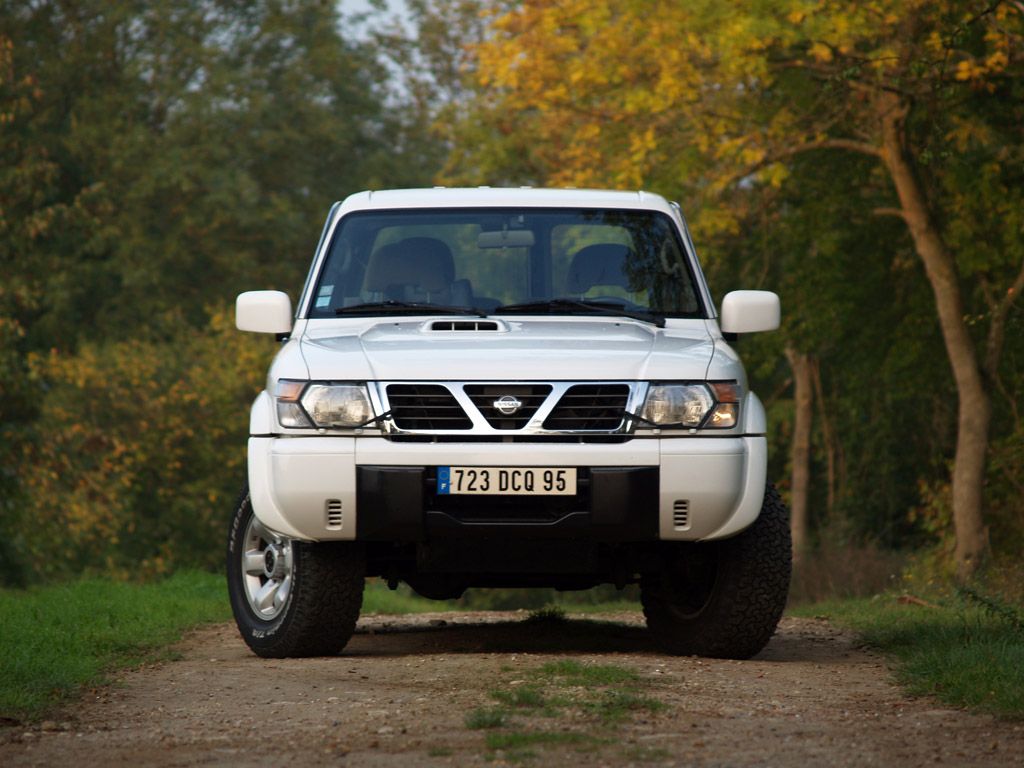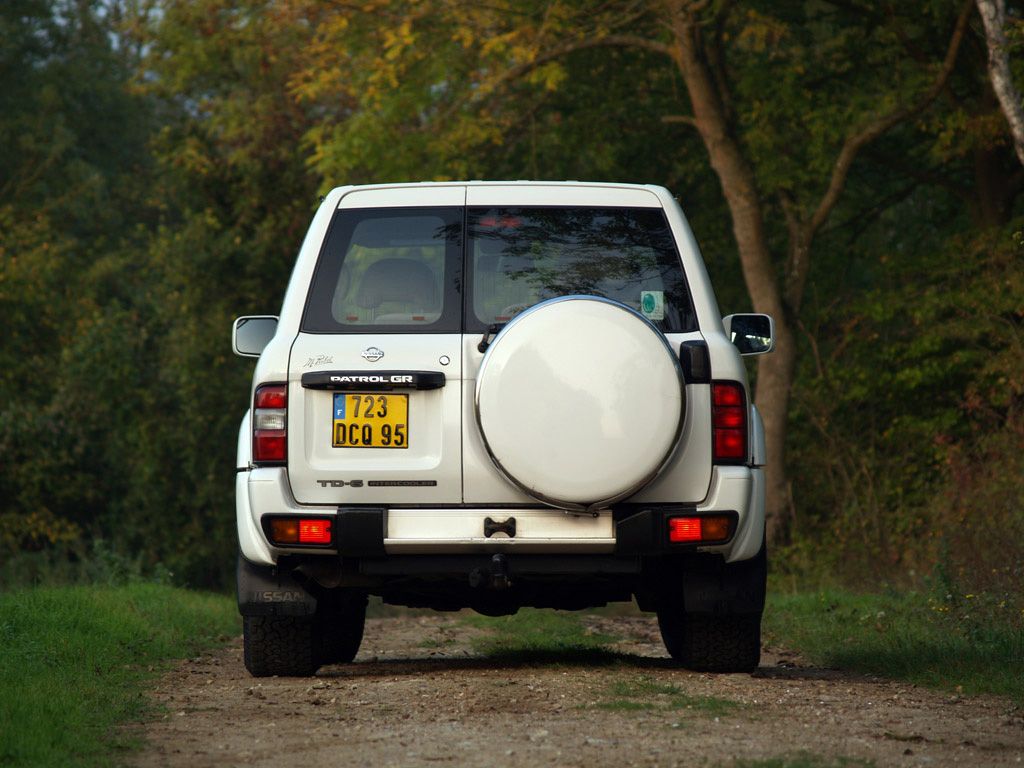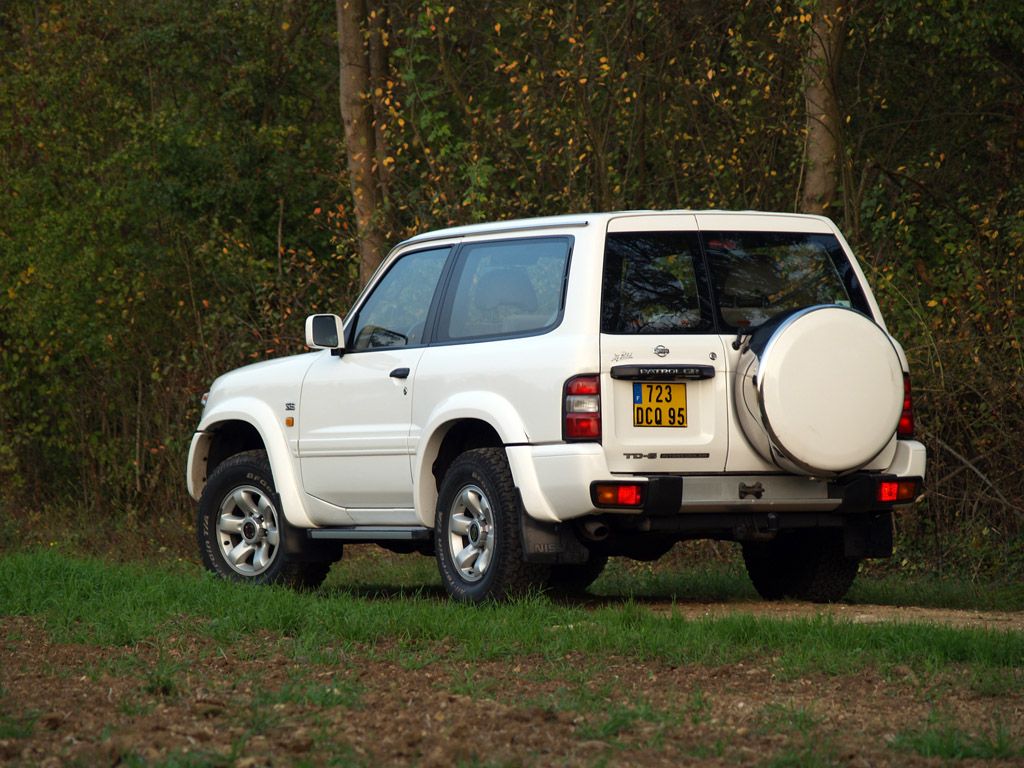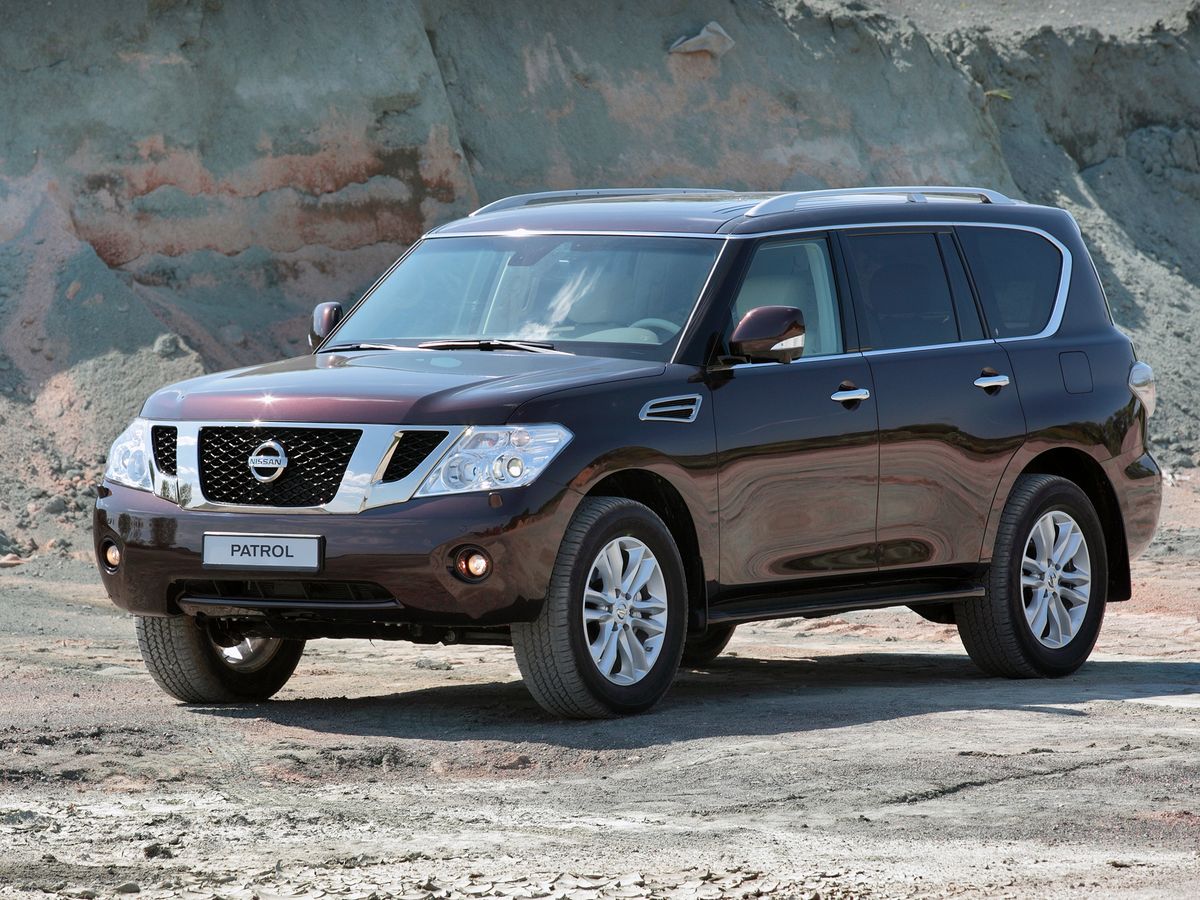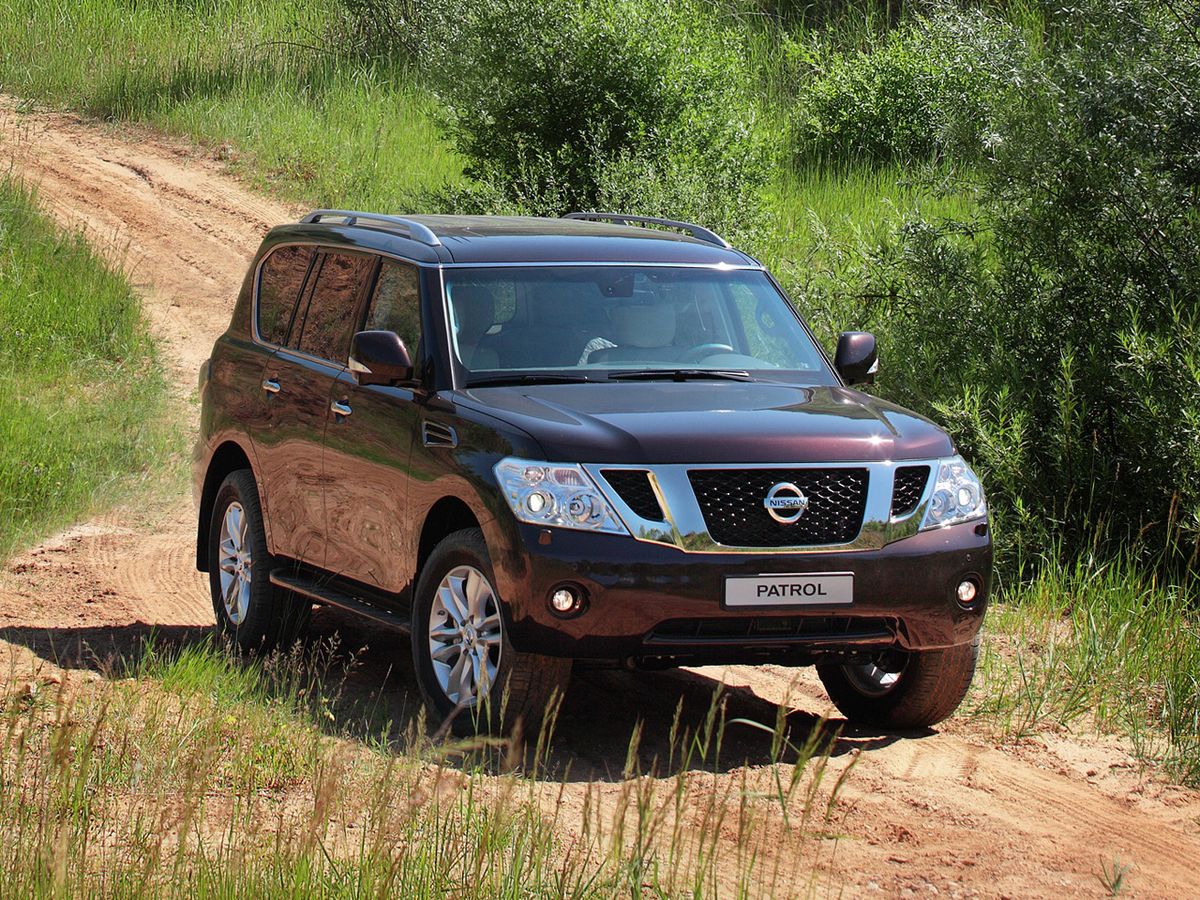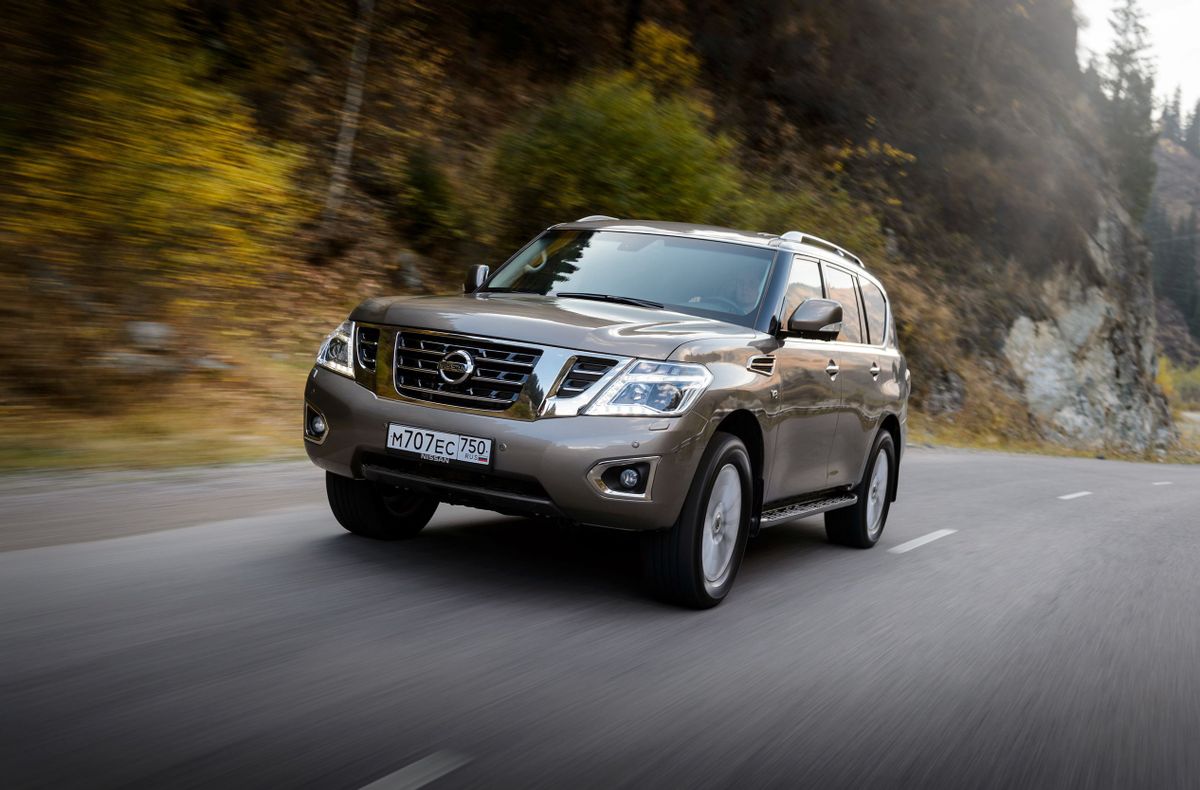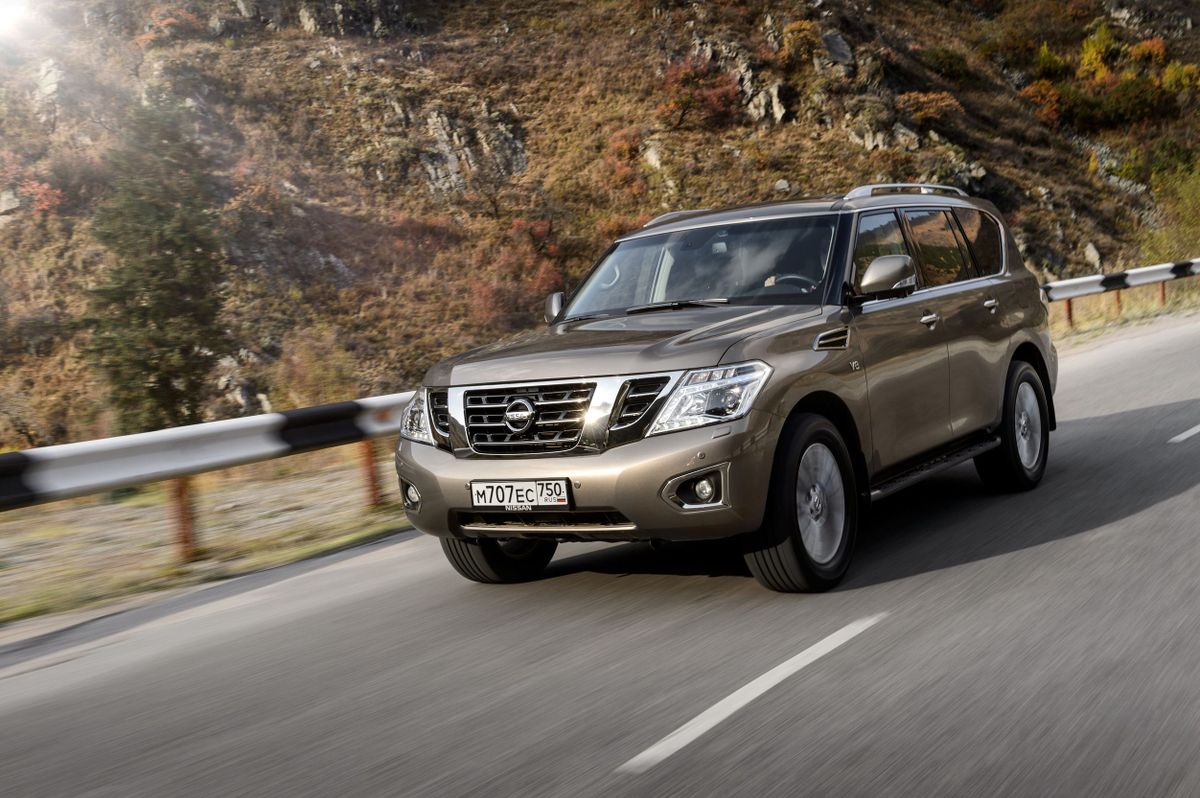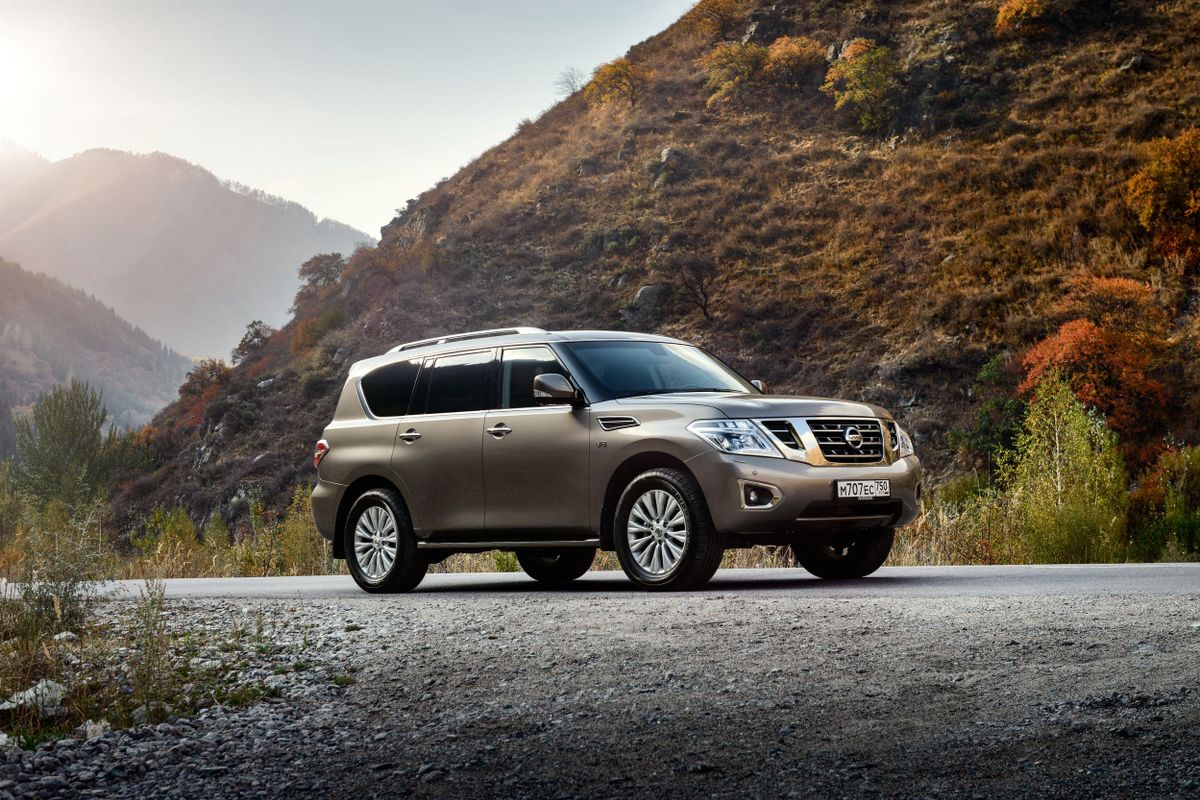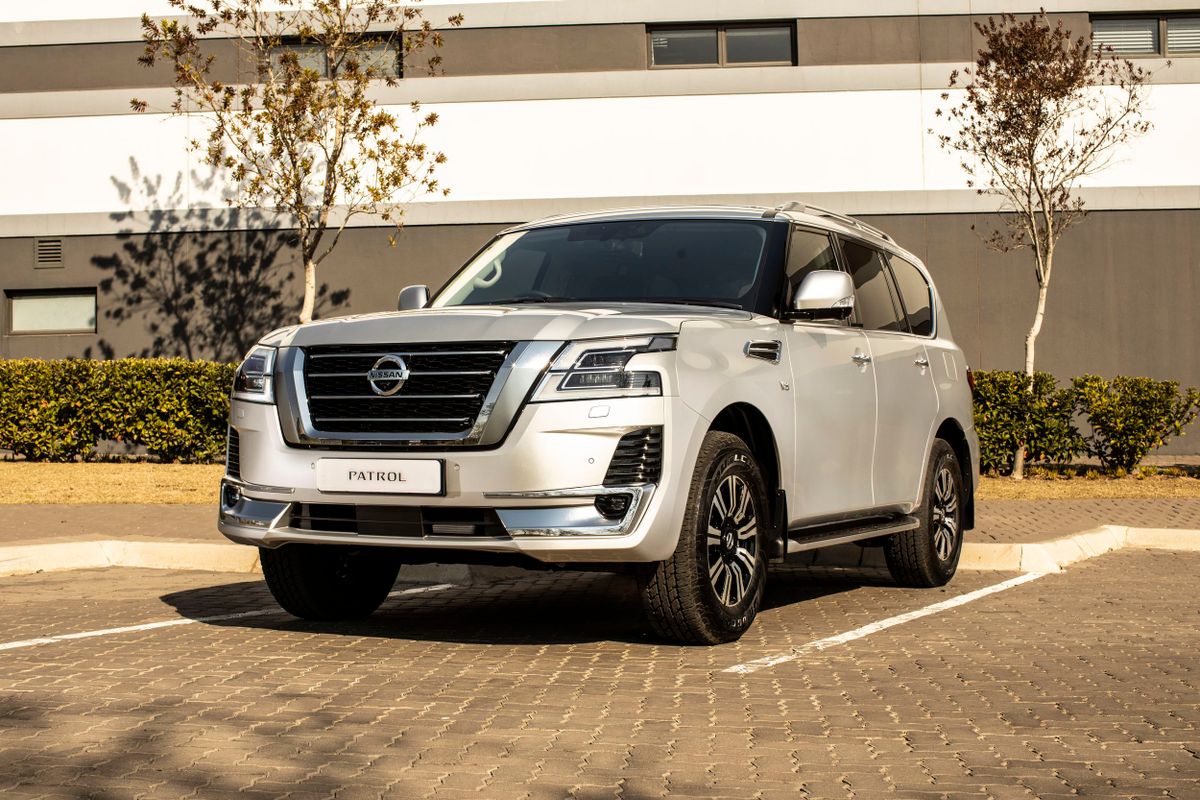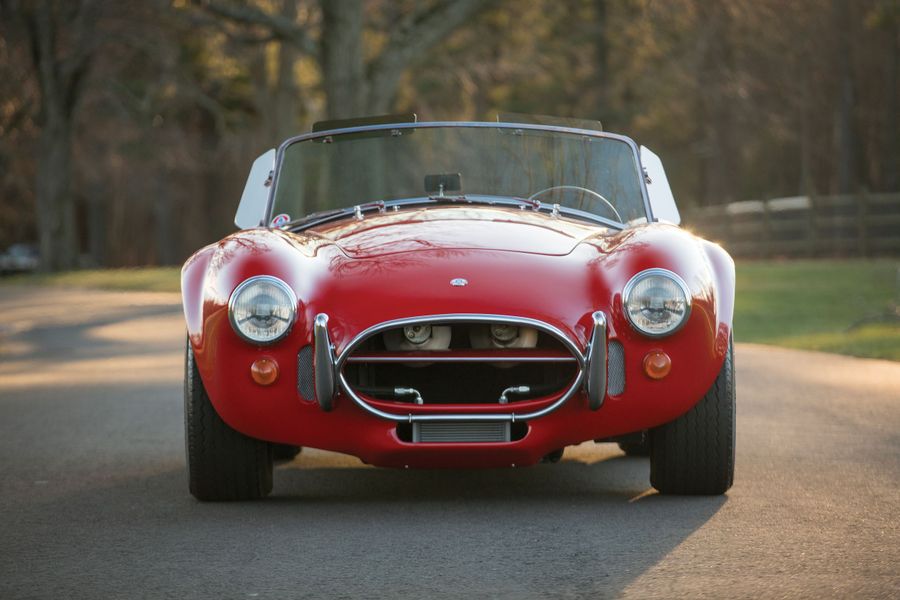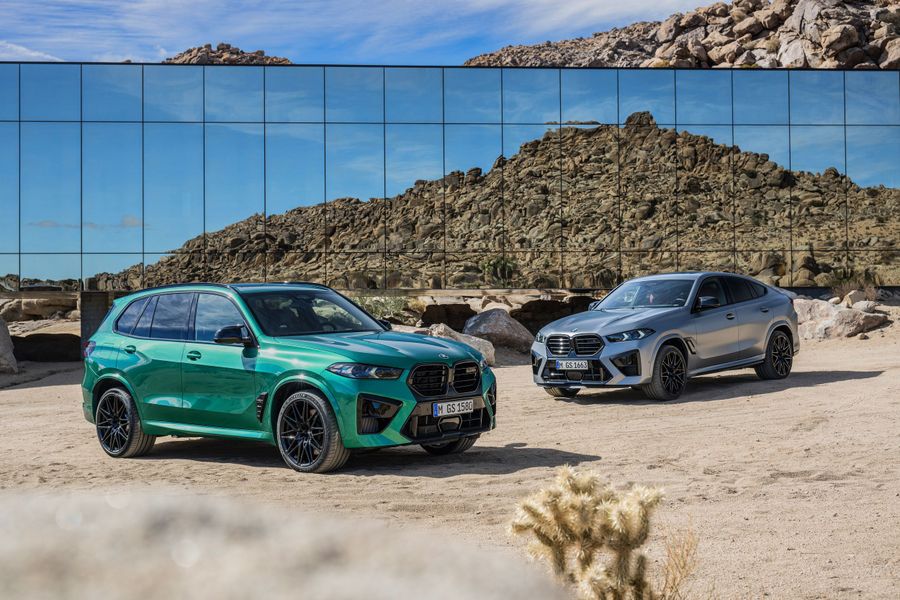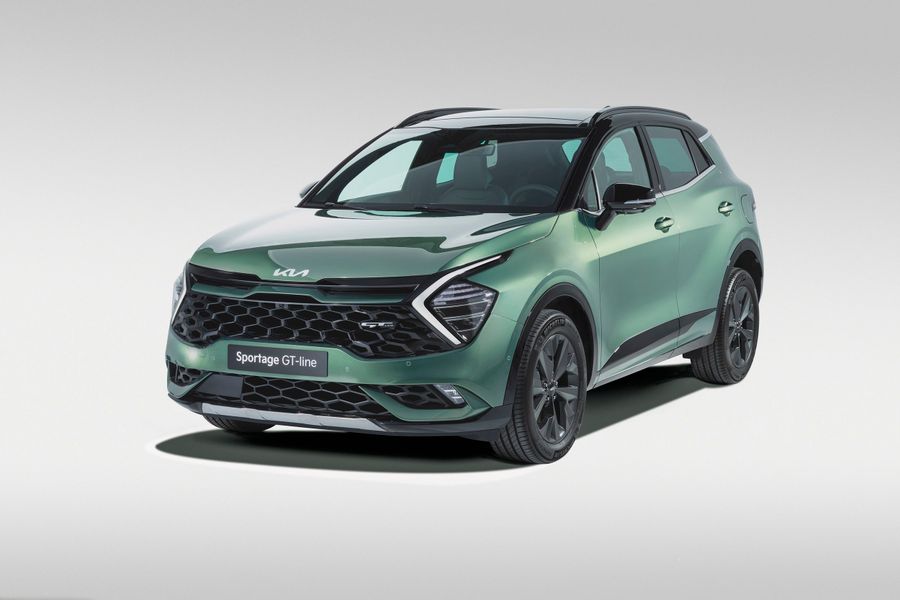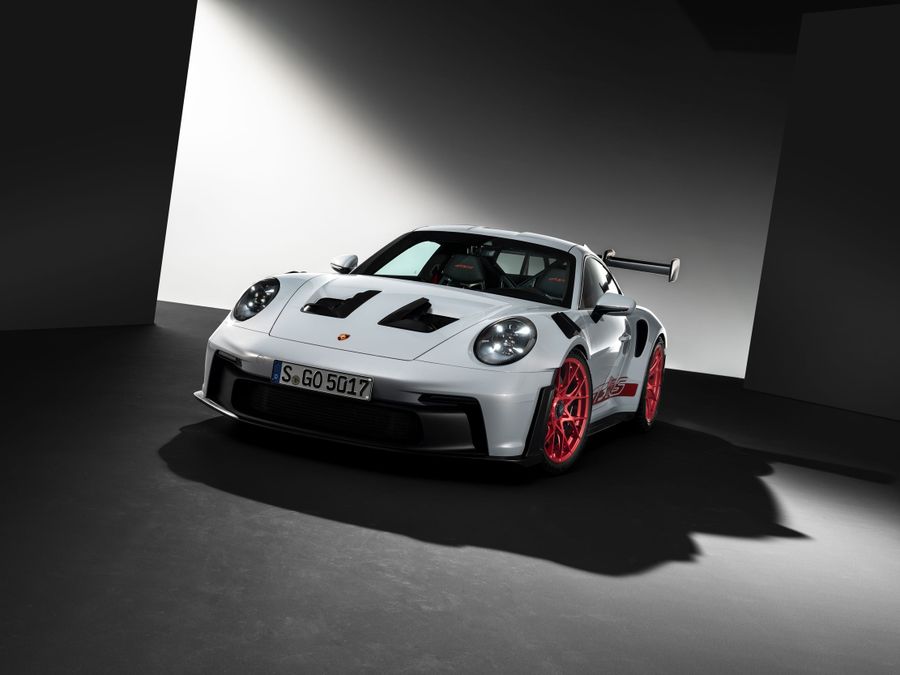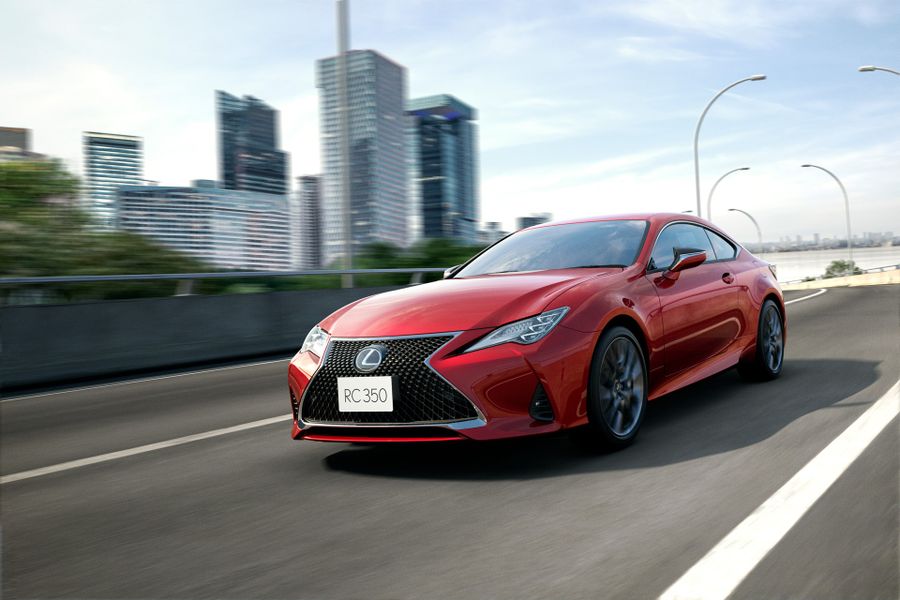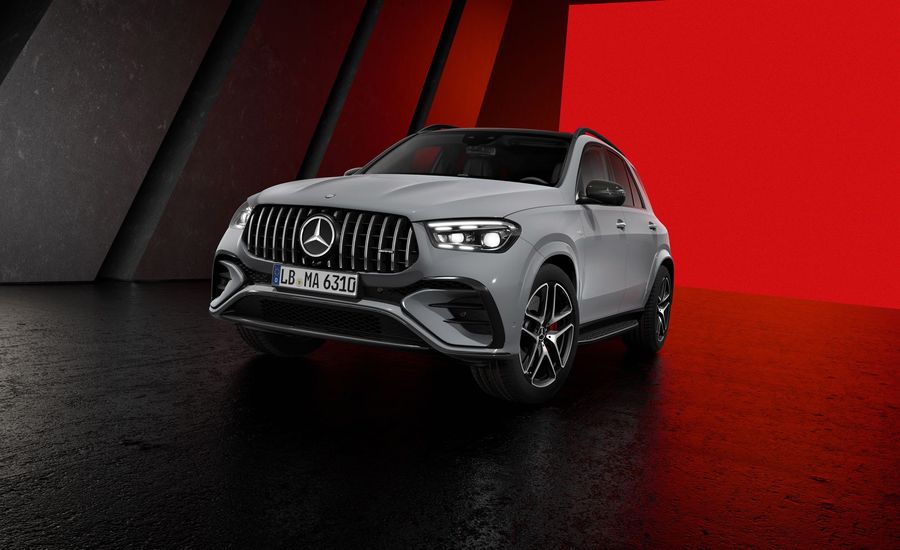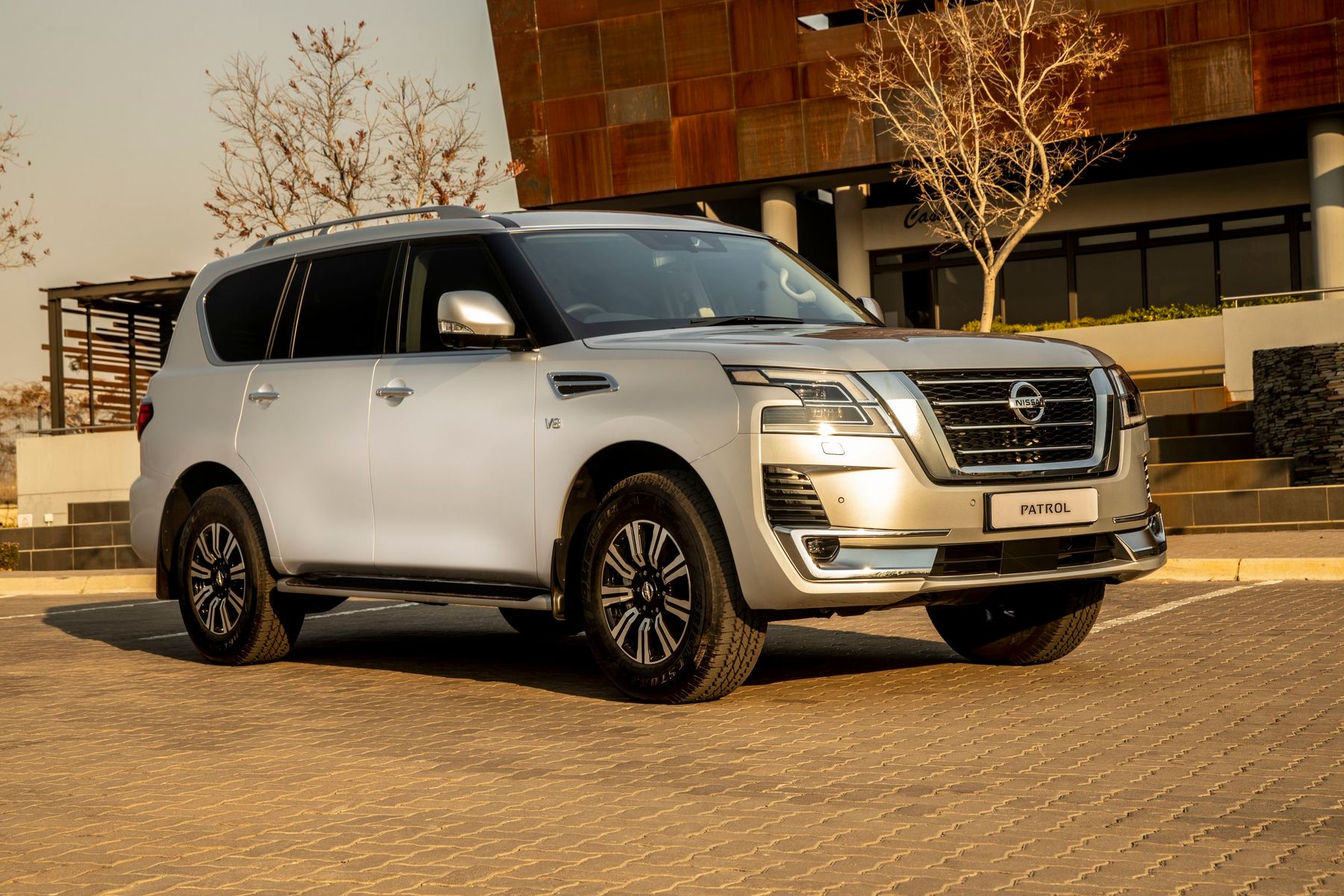
Nissan Patrol SUV. 70 years on patrol
In December 2021, the vehicle was upgraded again. It has acquired a different exterior, interior and a new multimedia system with a large ‘floating’ screen.
The Nissan Patrol’s history embodies the story of the stunning success of the entire Japanese automobile industry in the second half of the 20th century. The large 7-seater SUV has managed to become a regular vehicle for UN peacekeepers, take thrill-seekers for a ride across the Arabian desert, win many off-road rallies and become a glamour urban vehicle for wealthy managers.
Just like its main competitor, the Toyota Land Cruiser, the Nissan Patrol was born in a difficult post-war period. Shijita Murayama worked as an adviser to the president of Datsun back then. He was a former military and retired artilleryman who earned the nickname ‘Lame Success’ after his leg was badly injured in the war (a broken kneecap), but he knew how to negotiate: he was able to get a state order for the company for creating four-wheel drive vehicles for the police, forestry and public utilities and received a large order for the repair of Willys MB and Ford GPW SUVs. In parallel with the creation of the armed forces of Japan, which were previously banned, the company introduced an off-road vehicle with the 4W60 index in 1951. That vehicle became the forerunner for the Patrol.
The first generation
The history of the Nissan Patrol began in September 1951, when the first SUV was introduced to the Japanese market. At the time, the vehicle was similar to the Jeep Willys and was available in both short wheelbase (SWB) 3-door and long wheelbase (LWB) five-door body styles. The LWB version was offered as a pickup and SUV. The vehicle featured an in-line 6-cylinder engine borrowed from the bus, paired with a 4-speed manual gearbox. An all-wheel drive version was not available, and technically the Patrol was a small truck. Fire trucks were built on its basis in Japan.
The second generation
It was produced from 1959 to 1980. The manufacturer introduced an all-wheel drive modification. The vehicle’s payload was up to a ton. Moreover, the Patrol could transport such a heavy cargo off-road, which is why, starting from the 60s (up to the 90s), the Indian army chose the Nissan Patrol for its needs. The Indian version was assembled in India and was named Jonga. In 1969, the vehicle began to be delivered to North America until 2011, when the Patrol turned into the high-end Infiniti QX56. The second Patrol was produced in versions with a short, medium and long wheelbase, including a longer wheelbase and a capacity of eight passengers. It had an in-line 6-cylinder overhead valve engine with a volume of 4 liters, a F3B83L manual transmission, first with three and then with four gears.
The third generation
Due to the initially perfect second generation, the third generation appeared only in 1980 and was produced until 1994. The third Patrol had many body types: a pickup, a van, a short 3-door version with a soft or hard top, a fire truck… The list of options includes a 3-speed automatic transmission, air conditioning, power steering and limited slip rear differential. As many as 3 gasoline (with a volume of 2.4, 2.8 and 4 liters) and diesel engines (with a volume of 2.7, 3.2 liters, as well as a 3.2-liter turbocharged option) were offered, and the 4-speed manual transmission turned into a 5-speed one.
The fourth generation
It was produced from 1987 to 1997. The SUV featured a retuned suspension with improved handling and increased comfort. Most models had a limited-slip rear differential, and some variants had a manual rear differential lock; rear disc brakes and even a factory winch became available as an option. The vehicle came with a 4-speed automatic transmission. The model featured 2.8-liter, 3.0-liter and 4.2-liter gasoline engines, as well as 4.2-liter TD diesel engines, paired with 4-speed automatic or 5-speed manual transmissions. The Nissan Patrol was quite compact: the short wheelbase version was 4.2 m long, and the long wheelbase version was 4.8 m long.
The fifth generation
The fifth generation vehicles (1997-2010) are still popular all over the world. The fifth Patrol was considered one of the best SUVs in the world, assembled at 9 automobile factories on different continents. The engine range included in-line 6-cylinder engines for every taste. The most powerful gasoline engine developed 248 hp, and the top turbocharged diesel TD42T3 engine produced 158 hp. It was still a real classic off-roader with an appropriate design: a reliable transmission, a reduction gear and a hard-wired all-wheel drive.
Throughout its history, the Nissan Patrol has managed to be a combat vehicle, used by the armies of different countries, and a luxury vehicle polished to a shine.
The Patrol’s status was emphasized by its versions developed by various tuning studios. The Japanese HKS launched a special series with a fantastic 1,000 hp turbocharged engine. The United Arab Emirates offered a vehicle with a crazy TB48DE engine with a power of up to 2,000 hp. Some plants continued producing the SUV restyled in 2004 for a long period of time even after the release of the 6th generation. This is a true declaration of love!
The sixth generation
In 2010, the manufacturer introduced a new generation, which is still available on the market, albeit somewhat modernized. Nissan’s flagship SUV differs from its predecessors in an unusually luxurious interior, an army of electronic assistants and an independent suspension. The vehicle features a 5.6-liter V8 engine with an output of 405 hp and a new all-wheel drive transmission, providing the acceleration to 100 km/h in just 6.6 seconds. At the same time, the new Nissan Patrol has lost its off-road qualities, as the vehicle is designed for driving on roads. In the USA, the Patrol became so luxurious that it was sold there as the Infiniti QX56 (2010-2013), then it was renamed the Infiniti QX80 as part of a general rebranding. Since 2016 it has been known as the Nissan Armada.
The first restyling took place in 2014. The vehicle received new LED headlights and taillights, as well as new wheel rims. The next restyling was carried out in 2019. This very version of the Nissan Patrol is sold in different countries, but the main market is the Middle East. In Australia, China and North America, it is called the Nissan Armada.
The 2019/2020 Nissan Patrol has received a completely new face, with different headlights, radiator grille and hood, and front fenders. The vehicle features a different tailgate and bumper, and the lights now delight everyone with ‘running’ turn signals. The interior boasts a new, better finish. The equipment includes a new center console with a two-story arrangement of touch screens, improved noise isolation, as well as driver assistants, including the Intelligent Mobility system, which comprises: lane keeping assist, forward collision warning, automatic emergency braking system with pedestrian recognition function, and blind spot monitoring system.


